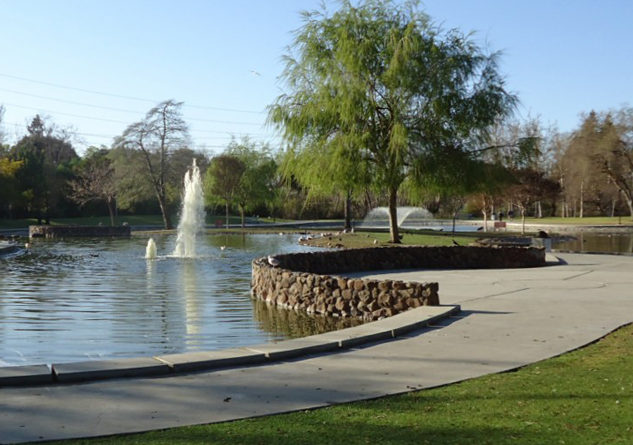Hilbert Morales
EL OBSERVADOR
Board of Supervisors President Dave Cortese initiated the task force which had its third meeting on Tuesday, September 27, 2016. After reviewing all materials received, I decided that this proposal asking the U.S. Congress to designate the County of Santa Clara as a “National Heritage Area” needed to become known to the entire community. Why? Simply because indigent residents have to know enough to decide to participate…to become involved, engaged, and committed to ensuring that their entire evolutionary development in this county is included. All ethnic groups need to be included so as to truly reflect the rich diversity of cultures, values, and legacies which now exist here. An objective is to identify sites which future tourists may visit and to document the many stories which are not being told to our children and grandchildren, to let them know that their family roots go deep here in this County of Santa Clara. Believe it or not…this ends up being “economic development” (impacting tourism & hospitality industry at the minimum).
The documents provided to EO by the Office of Supervisor Dave Cortese state: “There are forty-nine National Heritage Areas (most located along America’s Atlantic seacoast). Each one is authorized by Congress through legislation with a purpose to preserve, promote, and interpret natural and cultural resources and, in some cases, make them available for the economic benefit of their communities.”
“The NHA concept rests on the idea that a shared narrative is the centerpiece of a community engagement strategy, bringing diverse stakeholders together to fashion a common vision for the desired future of the region. A shared regional identity is a critical factor for success. People must feel rooted in a place. Communicating factual historical knowledge of places through storytelling is important.”
Evaluations of existing NHAs point out that their highest-priority is cultural and natural resource conservation, with significant investments in the restoration of watersheds and river corridors, the preservation of landmark properties, and the documentation of cultural practice and folk traditions. Education and interpretation of the natural and built environments, including the cultural traditions of residents, is the second-highest priority.
The recommended Santa Clara County NHA Purpose Statement is:
“The purpose of Santa Clara County becoming a National Heritage Area is to revitalize participation in the Valley’s history (legacy) and heritage to promote involvement in innovative and sustainable solutions to the County’s future development. Santa Clara County will use the NHA for programs related to the region’s natural, historical and cultural resources to improve the quality of our physical environment, the vitality of our public spaces, and the economic and social opportunity of our communities.”
Recorded history of this area began with the arrival of Spanish Missionaries who used local Native American labor to build those missions which still exist. Prior to this “Nuevo España” era, the Ohlone and Coastanoan tribes lived in this valley. During the Mexican era, Santa Clara Valley became the food basket for the Missions and Presidios at Monterrey and San Francisco. Land grants were awarded to Spaniards such as the Arrellaga family who managed to retain their lands and profit from that resource.
The Arrellaga Family Foundation has contributed much wealth to Stanford University where much investigative research in biology, engineering, physical sciences, and biomedical sciences has occurred. While the general public knows about “High Tech”, the development of biomedical knowledge & technology needs inclusion, i.e. the first human heart transplant here at Stanford Medical Center,the Nobel Prize (Medicine, 1959) for characterization of DNA ( the human genome now fully characterized enabling each of us to know who our ancestors may have been), the population dynamics noted in “The Population Bomb” book. There exists a treasure-trove of bio-medical developments which enabled development of many bio-medical firms in Silicon Valley.
Getting back to ethnic peoples and their cultures, this NHA proposal would be incomplete without input from Ohlone/Coastanoan Native Americans; Mexican-Americans, Chinese, Filipino and Vietnamese ethnic groups who participated as a labor reservoir in mining, agri-business, and high-tech developments. Representatives from these ethnic cohorts need to be chosen by their own civic organizations. Hopefully, the leaders of the local ethnic civic groups, such as the San Jose American GI Forum must step up to this inclusive opportunity.
Keep in mind that this is a work in progress which needs your constructive input. This NHA proposal cannot be submitted to the U.S. Congress without prior BOS approval.
To learn more about this National Heritage Area Task Force visit <http://sccgov.iqm2.com/citizens/default.aspx?frame=no>.






